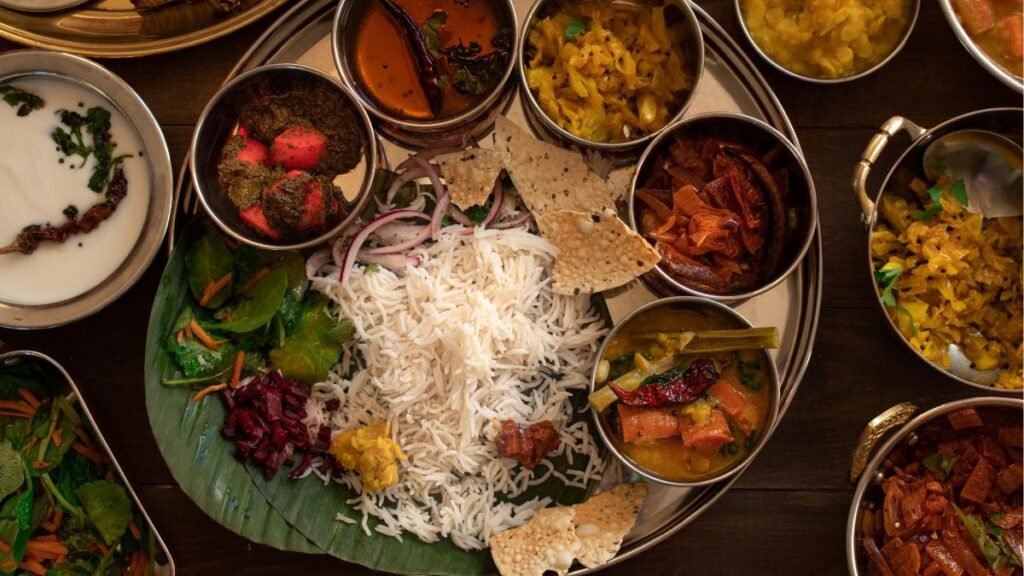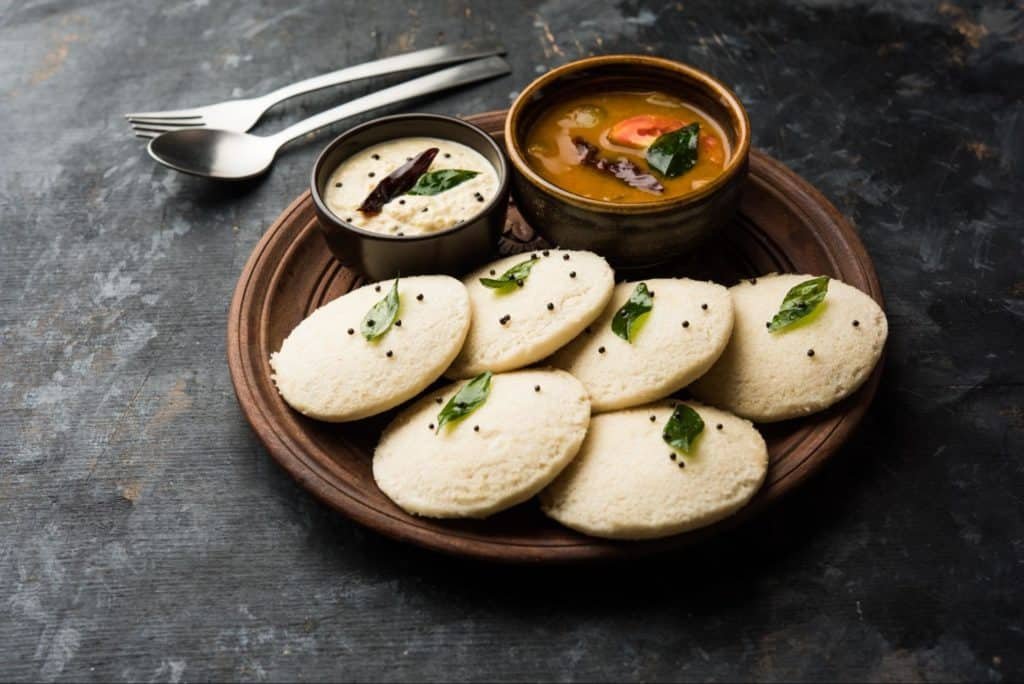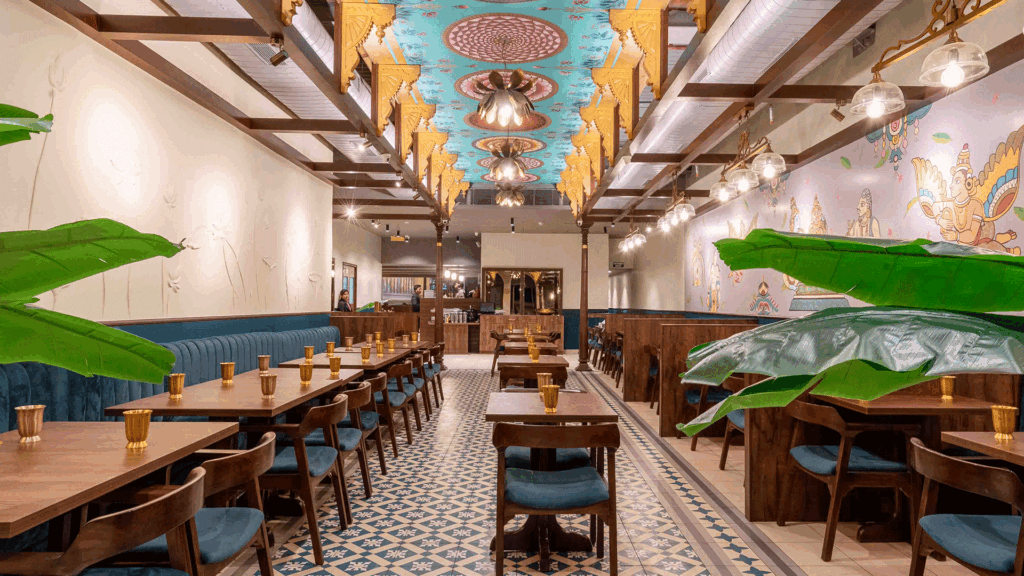
South Indian restaurants have gained immense popularity across the globe for their distinct flavors, rich culinary traditions, and comforting variety. South Indian food is known for its generous use of rice, lentils, coconut, and aromatic spices. South Indian restaurants offer a unique dining experience that brings the culture of the southern states of India—Andhra Pradesh, Karnataka, Kerala, Tamil Nadu, and Telangana—to the plate. Whether you are a seasoned foodie or a curious newcomer, exploring South Indian restaurants is an enriching journey through tradition, taste, and hospitality.
The Essence of South Indian Cuisine

Origins and Influence of South Indian Food
South Indian cuisine is deeply rooted in centuries-old traditions and has been influenced by regional cultures, geography, and historical trade routes. South Indian restaurants showcase this rich tapestry through dishes that reflect each state’s local ingredients and cooking styles.
For instance, Tamil Nadu is known for its spicy Chettinad cuisine, while Kerala offers coconut-infused delicacies with coastal flavors. Karnataka brings in the subtle sweetness and diverse vegetarian fare, Andhra Pradesh is famed for its fiery hot curries, and Telangana features rustic and bold dishes. South Indian restaurants blend these regional styles, giving diners a broad perspective on the region’s culinary heritage.
Key Ingredients and Techniques of South India
A typical meal at South Indian restaurants involves ingredients such as rice, lentils, tamarind, coconut, curry leaves, mustard seeds, and dried red chilies. These ingredients are often combined using age-old techniques like tempering (tadka), slow cooking, and steaming.
Popular dishes such as dosa, idli, vada, sambar, rasam, and various chutneys are staples that exemplify the cuisine’s simplicity and depth. South Indian restaurants ensure that these dishes are served fresh, often accompanied by side dishes that enhance the overall flavor.
Dining Experience at South Indian Restaurants

Ambiance and Hospitality
South Indian restaurants are not just about food—they also reflect the warm and hospitable culture of the South. Traditional South Indian decor often features earthy tones, wooden furnishings, banana leaf motifs, and classical music, all contributing to a serene and inviting atmosphere.
The service in South Indian restaurants typically emphasizes humility and attentiveness. Many restaurants follow the tradition of serving food on banana leaves, especially during festivals and special occasions, enhancing the authenticity of the experience.
Menu Highlights and Must-Try Dishes
Most South Indian restaurants offer a range of vegetarian and non-vegetarian dishes. The variety ensures there is something for everyone. Here are some must-try dishes:
- Dosa: A crispy rice and lentil crepe that comes in various forms like masala dosa, plain dosa, and rava dosa.
- Idli: Steamed rice cakes that are light and healthy, often paired with sambar and chutneys.
- Vada: Savory fried lentil doughnuts, crunchy on the outside and soft inside.
- Sambar: A spicy and tangy lentil stew with vegetables, a staple accompaniment.
- Rasam: A peppery soup made with tamarind and spices, great for digestion.
- Uttapam: A thick, pancake-like dish topped with onions, tomatoes, and chilies.
- Kerala Parotta and Chicken Curry: A flaky bread paired with spicy, flavorful chicken curry.
- Hyderabadi Biryani: Though originally from Hyderabad, it is widely offered in South Indian restaurants due to its rich taste and appeal.
Desserts like payasam (a milk and rice pudding), mysore pak, and kesari are also worth indulging in.
Health Benefits and Nutritional Value
South Indian food is often considered one of the healthier regional cuisines in India. The use of steamed dishes, fermented foods, and a variety of spices contribute to its health benefits. Fermented foods like idli and dosa are good for digestion and gut health. Lentils and vegetables provide essential proteins and nutrients, while coconut offers healthy fats.
South Indian restaurants often cater to health-conscious customers by offering millets and gluten-free options as well.
Conclusion
South Indian restaurants continue to enchant food lovers with their flavorful dishes, cultural authenticity, and inviting ambiance. Whether it is a hearty breakfast of idli and sambar, a filling lunch thali, or a dinner of dosa and filter coffee, South Indian restaurants offer something for every palate.
With a strong emphasis on tradition, nutrition, and taste, South Indian restaurants are not just places to eat—they are gateways to understanding a vibrant and diverse culture. For anyone eager to explore India’s culinary map, South Indian restaurants are an essential stop.
If you haven’t yet ventured into the world of South Indian restaurants, now is the perfect time. Let the rich aromas and bold flavors guide your senses and introduce you to a cuisine that has stood the test of time.
#SouthIndianRestaurants #IndianCuisine #DosaLove #IdliVada #FilterCoffeeVibes #AuthenticSouthIndian #FoodieIndia